
Manufacturer's Specifications
Frequency Response: 25 Hz to 17 kHz, ±3 dB, with metal tape; 25 Hz to 17 kHz, ±3 dB, with CrO2 tape, and 25 Hz to 16 kHz, ±3 dB, with normal tape.
S/N: 60 dB.
Improvement with Super ANRS: +5 dB at 10 kHz, 0 VU
Distortion: 1 percent at 0 VU.
Wow and Flutter: 0.04 percent W rms.
Dimensions: 17 3/4 in. (45.08 cm) W x 12 1/4 in. (31.11 cm) D x 4 3/4 in. (12.06 cm) H.
Price: $449.95.

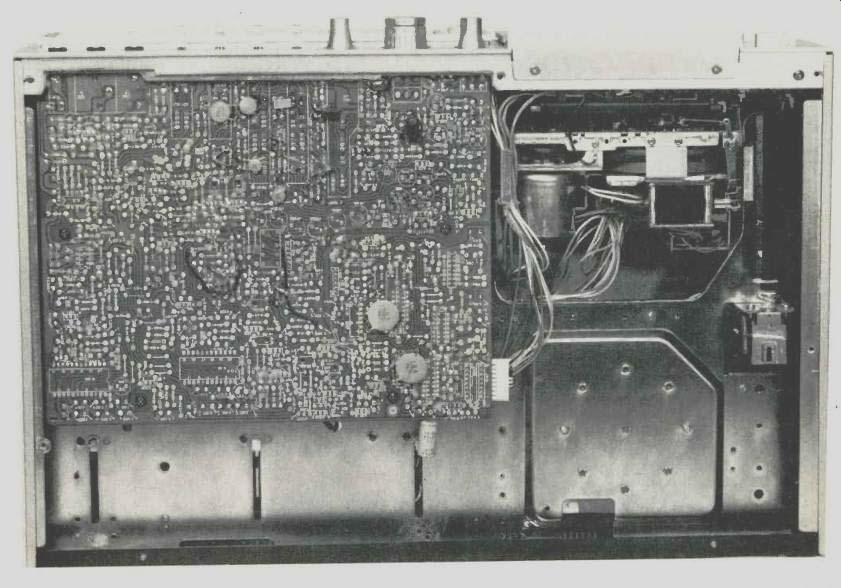
Cassette decks have come a long way since the original Philips design which boasted a response all the way up to 8 kHz! Many present-day models not only extend the response another octave but offer such features as full logic controls, eye-catching displays, and facilities that were once reserved for very expensive open-reel machines. A good example of modern design practice is the JVC KD-A7, a two-head machine with metal-tape capability. In addition to a pair of VU meters, the KD-A7 has a fluorescent graphic display that JVC calls their "Spectro-Peak" indicator. This has seven vertical bars which respond to frequencies centered on 40, 150, 400, 1,000, 2,400, 6,000, and 12,500 Hz An eighth bar indicates the total, so it corresponds to a normal VU meter but of course is fast acting.
The aforementioned VU meters are on the extreme left of the front panel, and to their right is the graphic display followed by two push buttons. One increases the range of the display by 6 dB, and the other gives a choice of "hold," when the peaks are displayed for about 4 seconds, or peak. Above these switches are indicators for ANRS and Super ANRS, JVC's noise-reduction system, and next to them is the cassette compartment. Over on the right are the memory, timer, and on-off switches and the eject button and the digital counter. Also located on this side is a push button which controls the cassette door-opening mechanism. Under the cassette compartment are seven push buttons for the tape transport logic controls, record button, and the record-mute switch. Sockets for microphones and headphones are below the VU meters on the extreme left, and they are followed by switches for line-mike input, ANRS and tape selection with equalizing. Then come three rotary controls: The first is for adjusting the equalization, the second controls the output, while the third is a dual-concentric type for input levels. The ANRS switch has three positions: Off, ANRS and Super ANRS, about which more later.
There are two d.c. motors. The motor which drives the capstan is servo-controlled, using a frequency generator (FG) system. The record/play head is one of the new X-cut types; this designation refers to the shape of the head surface which is angled back on each side of the gap. It is claimed that this method of construction restricts the stray magnetic flux, thus reducing low-frequency "fringing.''

Fig. 1--Playback response using a standard test tape, JVC KD-A7 cassette
deck.
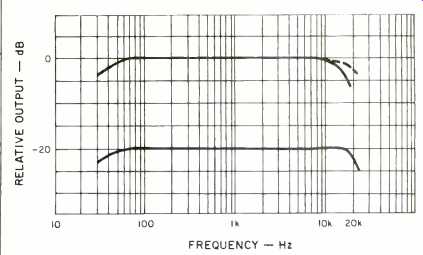
Fig. 2--Record-replay response with (---- ) and without Super ANRS system
using TDK MA-R metal tape.
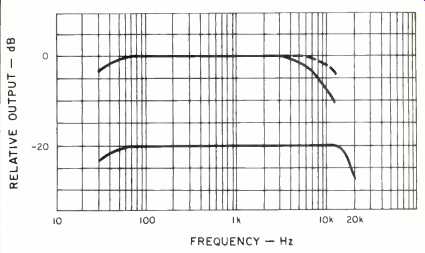
Fig. 3---Record-replay response with (----) and without Super ANRS system
using Fuji FX-I tape.
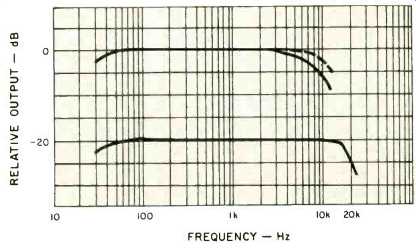
Fig. 4--Record-replay response with (----) and without Super ANRS system
using Maxell UD-XL II tape.
Measurements
Using a standard test tape, playback response was within ±1 dB from 40 Hz to 12 kHz, as shown in Fig. 1. The first tape selected for record-replay measurement was a TDK MA-R metal formulation, and the results are shown in Fig. 2. The upper -3 dB point was at about 21 kHz, which is excellent! But even more important, the high-frequency saturation was very low indeed.
This brings us to a consideration of the Super ANRS system incorporated in this deck. JVC's standard ANRS system is similar to the Dolby system, and, in fact, the two are quite compatible. What the Super ANRS version does is to reduce high-level high-frequency signals when recording and put them back in again during playback. In this way, tape saturation is considerably reduced. The effect is shown by the broken line in Fig. 2; note that the response at 0 VU is nearly the same as the one at -20 dB.
Next, a standard 120-4 ferric tape was tested--a Fuji FX-I. Because the first measurement showed a droop at the high end, the chart in the instruction manual was checked out and the variable equalizing control turned to its correct +1 position. (Note that unlike most bias controls, this variable equalizing control is turned to a plus position to increase the highs and to a minus position to reduce them.) The upper -3 dB point for the FX-I came out at 16.5 kHz (see Fig. 3), and switching in the Super ANRS system improved the headroom at 10 kHz by nearly 6 dB. The third tape tested was a Maxell UD-XL II, a chrome-substitute formulation requiring 70-uS equalization. As shown in Fig. 4, the upper -3 dB frequency was slightly higher at 1 7.5 kHz and the extra headroom produced by the Super ANRS system was 4 dB.
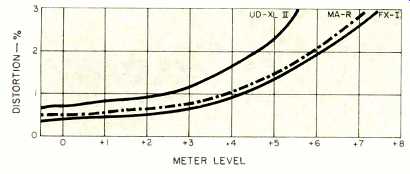
Fig. 5--Distortion and headroom at 1 kHz.
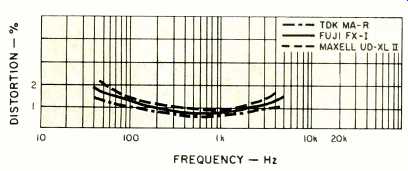
Fig. 6--Distortion vs. 0 VU.
Distortion and headroom at 1 kHz can be seen in Fig. 5 for the three tapes, while distortion versus frequency is shown in Fig. 6. The signal-to-noise ratio (ref. 3 percent THD, "A" weighting) measured 58 dB for the TDK MA-R and Fuji FX-I with 57 dB for the Maxell UD-XL II. Switching to the ANRS mode increased these figures by approximately 10 dB.
Input required for 0 VU was 71.5 mV line and 0.17 mV for microphone, the output then being about 240 mV depending on the kind of tape used. Maximum signal handling capacity at the microphone input was 44 mV. Wow and flutter was a low 0.35 percent (DIN 45-507), and speed was right on the nose. Rewind time for a C-90 cassette was 98 seconds. Crosstalk measured 41 dB at 1 kHz, and erasure with metal tapes was better than 65 dB.
Conclusion
Two impressions stand out from the foregoing tests: The clear superiority of metal tapes and the dramatic improvement in headroom with the Super ANRS system. For most purposes, "ordinary" tapes with Super ANRS will give very satisfactory results indeed, but when taping direct discs or the new digitals the extra cost of metal tapes will almost certainly be justified. How about that spectral graphic display? (I like JVC's German description better: Spektral-Pegelspitzenzeigers!) Well, it does enable the user to analyze the signal in terms of frequency and it might well help to prevent overloading with electronic music, for instance, but I must say I found the single bar indicator plus the meters quite adequate. I am also certain that most users will appreciate the Super ANRS, auto rewind facility, feather touch logic controls and variable equalization. All in all, above-average performance for JVC's KD-A7 cassette deck.
-George W. Tillett
(Source: Audio magazine, May 1981)
JVC Model KD-85 Stereo Cassette Deck (Equip. Profile, Nov. 1978)
JVC S-300 FM Stereo/AM Receiver (Sept. 1976)
Intraclean S-711 Head Cleaner and C-911A Cassette Cleaner (Dec. 1985)
= = = =